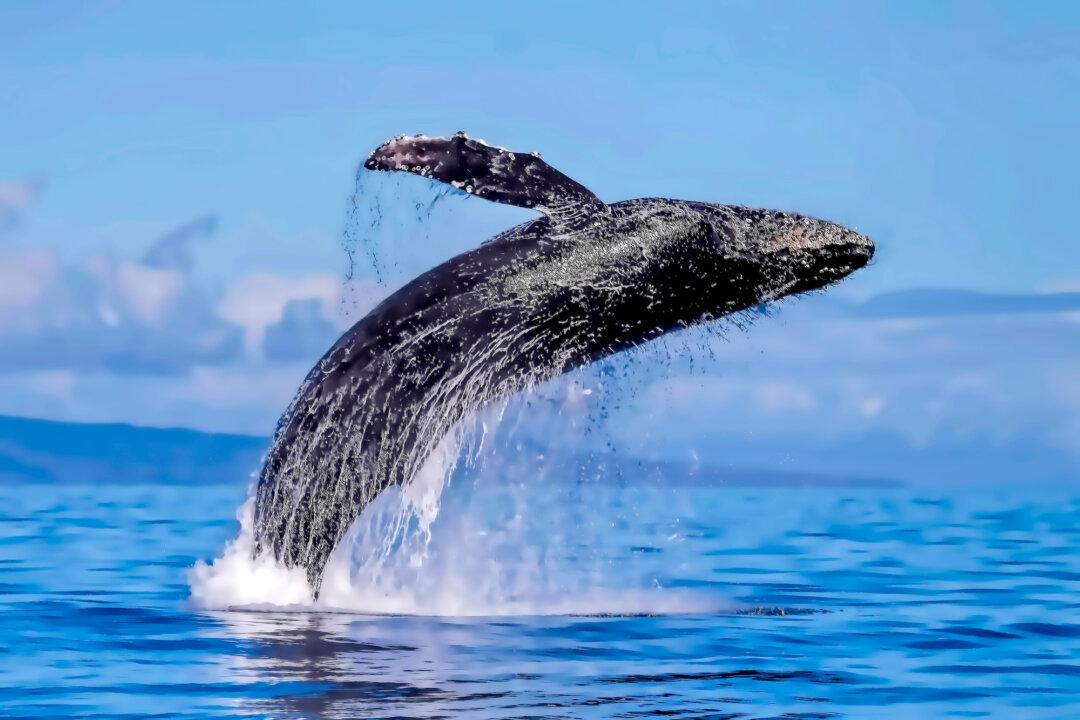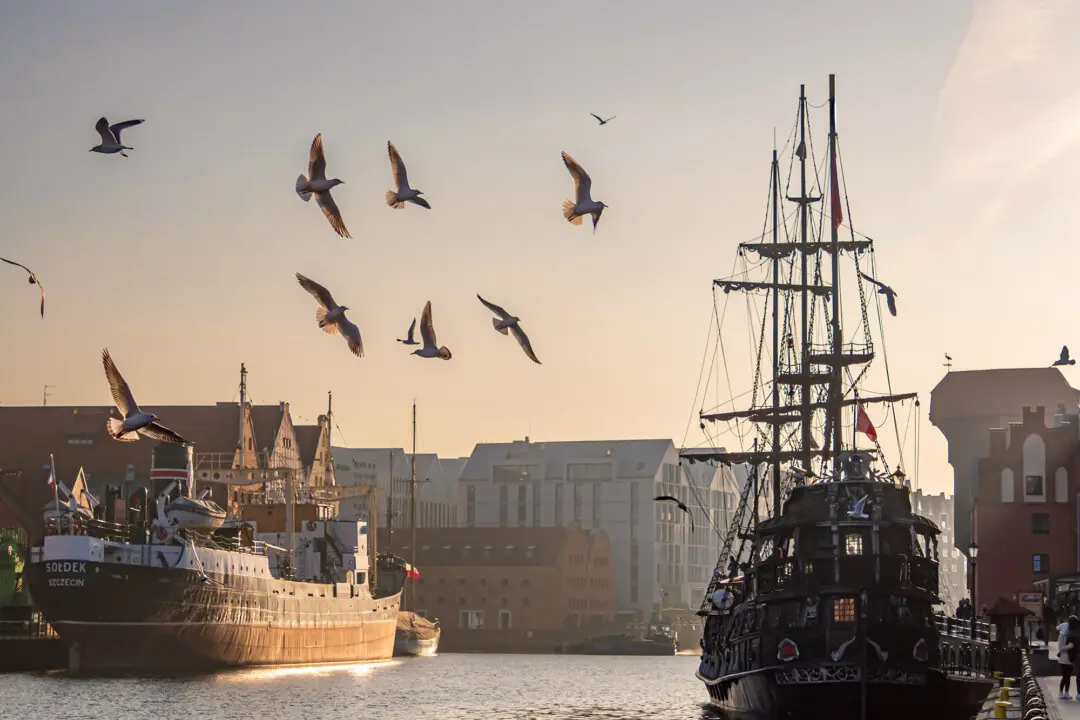Some call it “whale soup.” For me, it was simply the most impressive display of these massive marine mammals that I have ever experienced. I’ve encountered them around the world, from Antarctica to the Azores. Belugas, blues, sei whales, minkes, orcas, narwhals—you name it.
But there’s nothing like whale season in Maui. While staying in West Maui, I had watched them from shore for days. Often, a sighting wasn’t even intentional. You didn’t need to spend hours squinting into a pair of binoculars in order to catch an elusive puff from a blowhole on the horizon. No, when you visit this part of Hawaii in March, all you’ve got to do is look toward the water every once in awhile, and you’ll see wonders.





